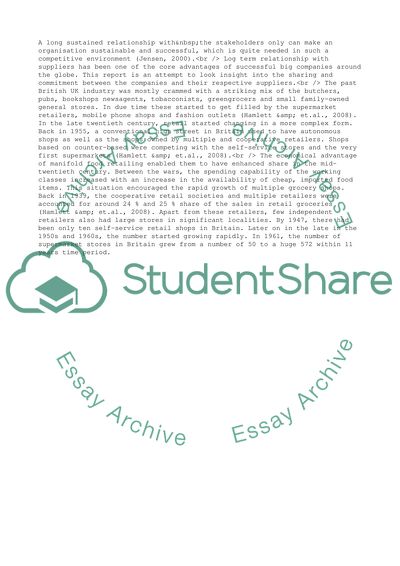Cite this document
(Principle of Corporate Legitimacy in Tesco Plc, Sainsbury, W M Case Study, n.d.)
Principle of Corporate Legitimacy in Tesco Plc, Sainsbury, W M Case Study. Retrieved from https://studentshare.org/management/1733480-it-is-report
Principle of Corporate Legitimacy in Tesco Plc, Sainsbury, W M Case Study. Retrieved from https://studentshare.org/management/1733480-it-is-report
(Principle of Corporate Legitimacy in Tesco Plc, Sainsbury, W M Case Study)
Principle of Corporate Legitimacy in Tesco Plc, Sainsbury, W M Case Study. https://studentshare.org/management/1733480-it-is-report.
Principle of Corporate Legitimacy in Tesco Plc, Sainsbury, W M Case Study. https://studentshare.org/management/1733480-it-is-report.
“Principle of Corporate Legitimacy in Tesco Plc, Sainsbury, W M Case Study”, n.d. https://studentshare.org/management/1733480-it-is-report.


